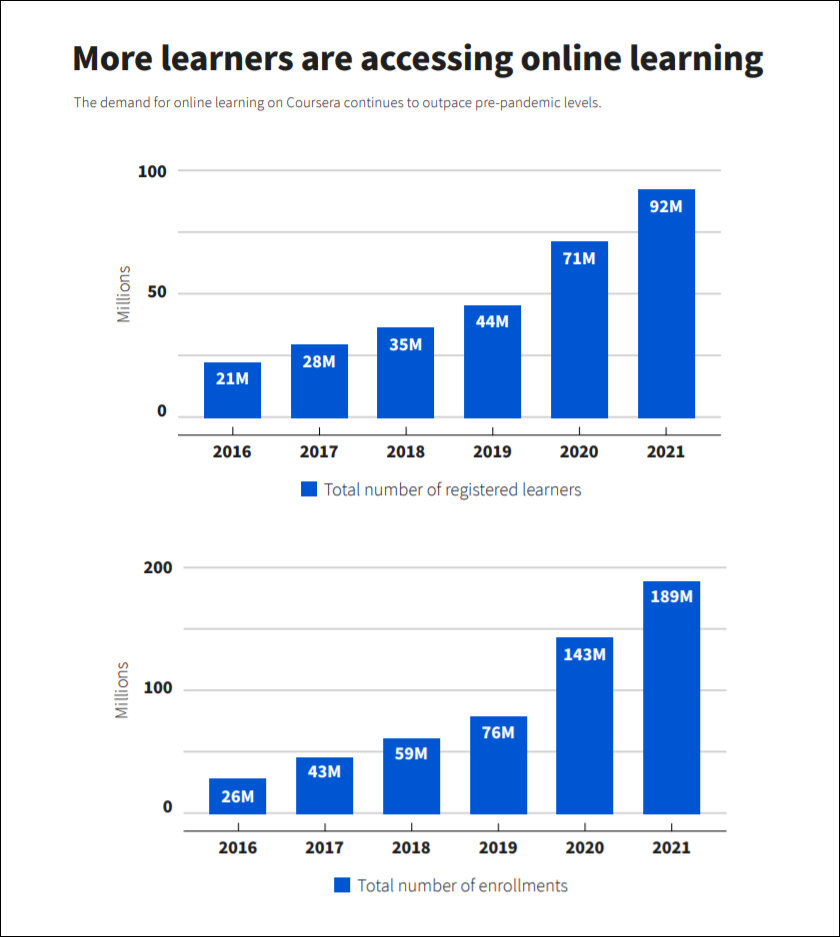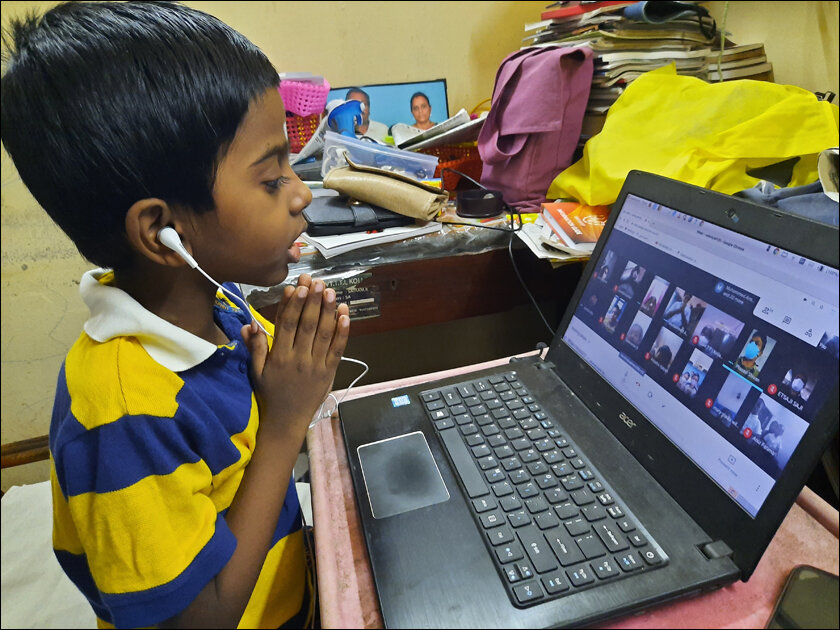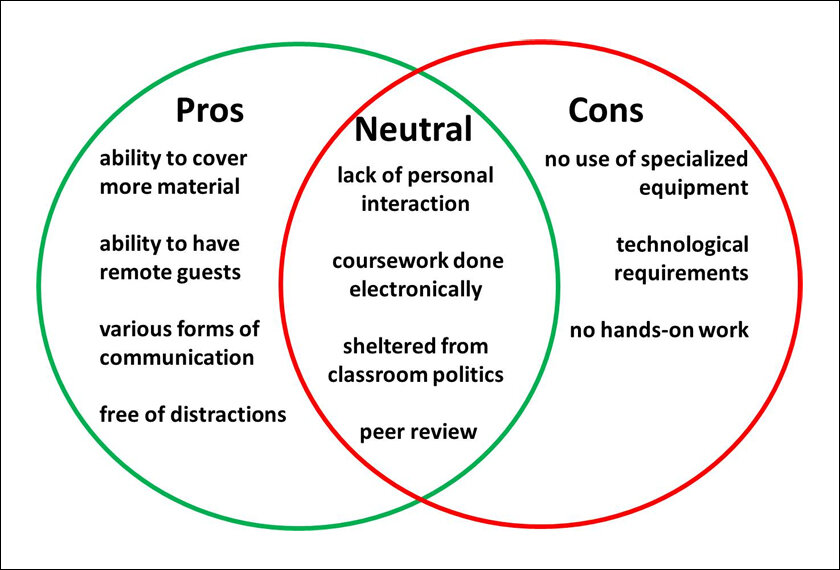Ever since the pandemic, online education has seen astronomical changes. Adarsh explores its impact.
When Covid-19 led to lockdown in early 2020, offices were closed, and Work from Home (WFH) became the norm. Similarly, with schools and colleges also being forced to shut, it was not long before Online Education became the new normal. Fast forward three years, a lot has changed in the world of online education, but the basic crux has remained the same.

Moreover, unlike work from home – which was a temporary arrangement – until it became safe to return to office, online education has continued to be the norm with students and educators seeing the many advantages of studying remotely.
The Pros of Online Education
Just like in the case of WFH, online learning came with a string of advantages and comforts. Skipping the commute to school or college counted as extra hours saved which in turn resulted in energy and money also being saved.
Digital learning also meant easy access to files and folders. It was easier to access and organize and there was no question of physical damage to coursework or projects. With just a click or two, students can now access all their coursework without any fear of misplacing or losing their notes. It also meant there was no need to lug all the heavy books and files to school and back.

Advanced technology has also made education fun. Technology-enabled education has been proven to be more engaging and hence succeeds in making even the dull subjects interactive and memorable.
Remote access also means that students can join in from anywhere. They do not necessarily have to be at home or even in the same city for that matter. This means that courses and classes in other cities or even countries are now accessible to students no matter where you are located.

Digital education has succeeded in increasing learning efficiency as well. Students have become more regular with their online homework and assignments as they get periodic reminders and notifications about upcoming submissions. It has also become easier for educators to keep track of submissions and track down those who are yet to complete their assignments.
The Cons of Online Education
But just like there are advantages to digital learning, there are some shortcomings as well. First and foremost, e-learning hinges on fast-paced internet and electricity. So apart from requiring a phone, tablet or computer that supports the required software, connectivity is also essential.

This means that the less privileged members of society have a tough time availing quality online education. This could lead to an increase in the class and demography-based disparity when it comes to better standards of online education.
Online education also means that students will be attending these classes in isolation. This can lead to boredom as most people struggle to focus for long hours especially when alone. Moreover, there is an oasis of distracting content available online so unless the student is keen on studying, it is very possible that he or she can just pretend to be attending the class while being occupied with something else. Educators have a tough time ensuring that everyone is paying attention.
With internet being a crucial part of the online education process, students can always use poor connectivity as an excuse to turn off their videos and this would mean that the educators have no idea about what the students are up to.

(Image Credit: Wikipedia)
Studying in isolation can also be detrimental to personal growth. Being physically present in a classroom especially during the early developmental years provides a platform to learn skills like empathy and cooperation. This helps in overall development and real-life situations. Sitting alone in your own room for the full year might help with education but not with personal growth.
Communication and leadership skills also take a backseat with digital learning. It is different to unmute and speak into a camera when you are alone and something else entirely to stand up in front of a class or on a podium and address a gathering. If these things are not practiced in school or college, it can be detrimental in future years.
The Impact of Digital Learning on Health
Digital learning also takes a toll on physical as well as mental health of students. While there is no need to lug heavy books and files to school, there is the risk of sitting in front of a laptop all day long thus leading to ergonomic issues. Bad posture and backache are side effects of sitting in front of a screen all day long.
The lack of physical activity can lead to weight gain and staying indoors all day long can also lead to lack of Vitamin D. Eyesight issues and zoom fatigue can also aggravate because of prolonged exposure to screens.

Studying alone can also lead to isolation, stress and anxiety and the lack of classroom ethics like bad posture and lack of punctuality.
The Final Word
As with all things, there is no denying that digital learning has its set of shortcomings. But there is also no questioning the obvious advantages and impact. Used in moderation, it is useful.
After three years of the pandemic, we have learnt to leverage the most of online education and it is without question here to stay!
In case you missed:
- Traditional Learning Making a Comeback? Kerala Bans WhatsApp Study Groups
- Why is Indian Education Sector facing Record Number of Cyberattacks?
- Should Chatbots have Rights? Ethicality vs Practicality
- New Year, New Scam: All You Need to Know About Brushing
- The Future of Online Marketing: Adobe introduces AI Agents
- How to spot a Deepfake Video
- 7 Online Scams to be Wary of in India
- 12 Ways to Protect Yourself from UPI Fraud
- WhatsApp adds New Document Scanning Feature
- Cloudflare’s One-Click Solution for Image Verification










